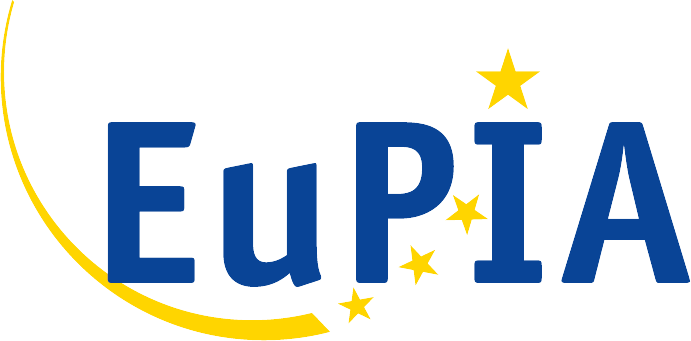February 2025
In this paper it is demonstrated that performing accelerated migration tests on thin FCM films at elevated temperatures in combination with liquid food simulants can increase the permeability of the film. This physical change to the test specimen enables the penetration of the liquid food simulant through the substrate towards the outside of the food packaging. This results in direct contact between the food simulant and the non-food contact side, and in the direct extraction of printing ink components by the food simulant. As contact between the foodstuff and the outside of the printed packaging does not occur under the worst-case foreseeable conditions of use, the results of accelerated migration tests cannot therefore lead to a conclusion of non-compliance of the non-DFC pFCM whenever such simulant penetration is detected.
April 2024
Since 2018 EuPIA has been conducting migration tests with simulants and real foods for selected printing ink surrogates.
Due to a large number of different surrogate components contained in the “model” printing ink and the associated analytical challenges it turned out to be difficult to draw fundamental conclusions. Nevertheless, valuable information for test practice could be gained and are summarised in this conclusion document..
May 2023
In the absence of harmonised test methods for non-plastic Food Contact Materials (FCMs), the conditions used in the Plastics Regulation are often also applied to non-plastic FCMs. However, plastic simulants and/or conditions may cause physical damage or changes to the non-plastic FCM leading to erroneous results. This is also true for printing inks. Hence, testing conditions better suited to the specificity of each FCM need to be proposed. This document is aimed at providing specific guidance for printing inks for FCMs.
